Expense Management solutions streamline financial processes within organizations, enabling them to monitor expenditures effectively. By automating elements such as invoice approval and reimbursement handling, these systems enhance accuracy and compliance.
The top 5 Expense Management solutions are SAP Concur, Expensify, Navan, Chrome River and Emburse Professional, as ranked by PeerSpot users in September 2025. SAP Concur received the highest rating of 0.0 among the leaders, is the most popular solution in terms of searches by peers, and holds the largest mind share of 15.7%.
Expense Management tools assist businesses in efficiently tracking and managing their financial outlays. These solutions often incorporate automated workflows, detailed analytics, and integration capabilities with other enterprise systems to ensure seamless operation. Real users note the importance of customizable features that cater to specific business needs, allowing for personalized financial oversight. Such tools also play a crucial role in preventing overspend by facilitating budget checks and approval processes.
What are the critical features of an Expense Management solution?Industries such as technology, healthcare, and manufacturing use Expense Management solutions to maintain a clear record of all business-related expenses. These solutions are invaluable in scenarios where multiple teams or departments incur costs that need stringent tracking for reimbursement. Implementing such systems often involves setting up integrations with current financial software and configuring approval workflows that match the organization’s structure to maximize efficiency.
Expense Management is a central tool for organizations seeking to streamline financial operations and maintain control over their spending. With the flexibility to adapt to a wide range of business needs and integration with existing systems, it provides an essential framework for tracking and evaluating business expenditures efficiently.
| Product | Market Share (%) |
|---|---|
| SAP Concur | 15.7% |
| Expensify | 11.6% |
| Chrome River | 7.9% |
| Other | 64.80000000000001% |
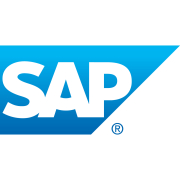

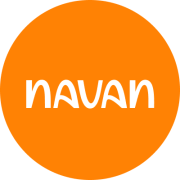








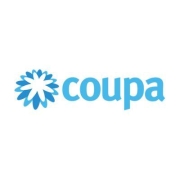





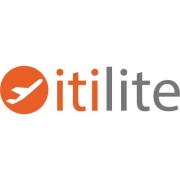




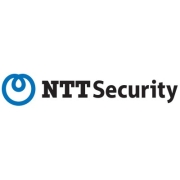

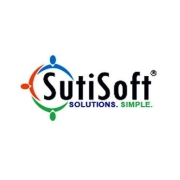

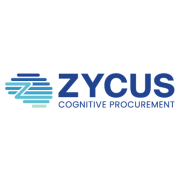






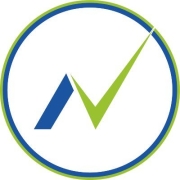
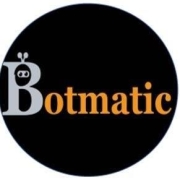



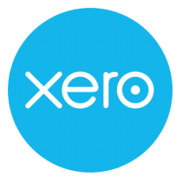
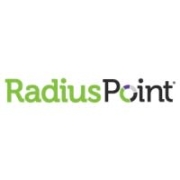


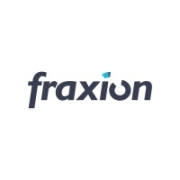


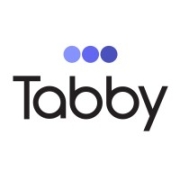


Expense Management solutions streamline the approval process, reduce manual errors, and provide real-time data insights, allowing you to optimize spending and budget allocation. Automation reduces time spent on expense processing, freeing up resources for strategic initiatives. Integrated reporting tools also enable data-driven decision-making, enhancing overall operational efficiency.
What features should I look for in an Expense Management solution?Look for features such as automated receipt capture, expense tracking, integration with existing accounting software, customizable approval workflows, and robust reporting tools. Mobile app accessibility is also beneficial for on-the-go entry and approval. Security features like data encryption and GDPR compliance are essential for protecting sensitive financial information.
How does AI play a role in modern Expense Management solutions?AI enhances Expense Management by automating routine tasks, classifying expenses, and predicting spending patterns. It can identify anomalies and flag fraudulent activities before they escalate. Machine learning algorithms continuously improve accuracy and efficiency, providing valuable insights and personalized recommendations to optimize financial strategies.
What are the cost-saving benefits of using Expense Management solutions?These solutions reduce operational costs by minimizing manual processing and eliminating paper-based systems. Automated processes decrease the time and errors associated with expense reporting. Detailed analytics help identify cost-saving opportunities, negotiate better vendor terms, and enforce spending policies, ensuring every dollar is spent wisely.
How does mobile access enhance the utility of Expense Management tools?Mobile access empowers employees to submit expenses and receipts from anywhere, speeding up the reimbursement process. Managers can approve expenses on the go, keeping business moving forward. This convenience improves user adoption rates and ensures timely data entry, which is crucial for accurate financial planning and reporting.